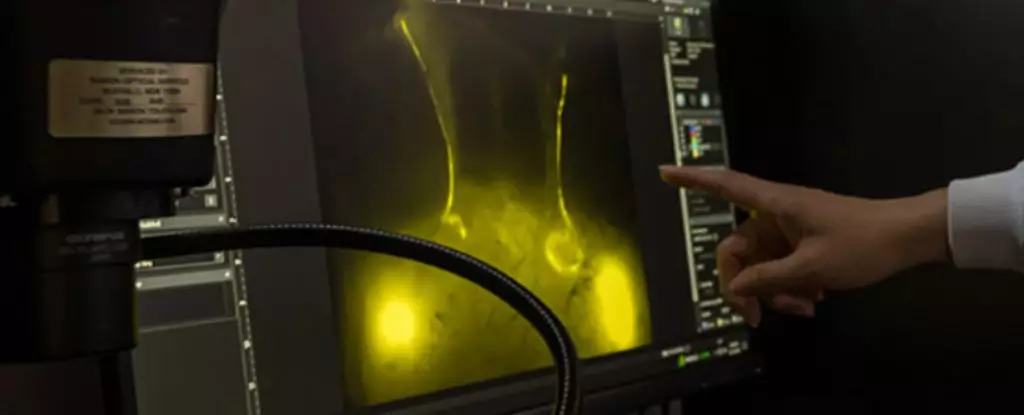The aging process brings about a series of changes in the body, including the brain. Neurodegenerative conditions like Alzheimer’s disease pose a significant threat to the elderly population. However, recent research has shed light on a potential solution involving a drug traditionally used to induce labor.
The Impact of Prostaglandin F2α
Prostaglandin F2α is a hormone-mimicking compound that is typically used to induce smooth muscle contractions in the womb. Researchers from the University of Rochester conducted experiments on rats and found that this compound could trigger muscle contractions in the walls of the neck’s lymphatic vessels. These vessels play a crucial role in pushing ‘dirty’ fluid from the brain into the neck’s lymph nodes for cleansing.
The Importance of the Glymphatic System
The glymphatic system, a critical recycling system in the brain, helps maintain its health and functionality. However, as individuals age, this system tends to deteriorate, leading to a build-up of toxic waste in the brain. Older rats were found to have slower drainage of cerebrospinal fluid (CSF) compared to younger rats. The impaired function of lymph vessels and valves contributes to this decline in waste removal.
Researchers at the University of Rochester successfully restored the flow of the glymphatic system in older rats using prostaglandin F2α. This drug, which is already in clinical use, has the potential to improve the removal of waste from the brain associated with age. By targeting the cervical lymph vessels, researchers were able to enhance CSF flow in older individuals, akin to younger mice.
Implications for Future Treatments
While the effectiveness of the drug in humans remains to be seen, the promising results in rats suggest a potential treatment strategy for neurodegenerative conditions. Restoring cervical lymph vessel function could be a key step in addressing cognitive decline associated with aging. Combining this approach with other interventions may pave the way for innovative therapies for diseases like Alzheimer’s and Parkinson’s.
Despite the advancements in understanding the glymphatic system, there are still many unknowns in this field of neuroscience. Scientists are continuously uncovering new networks of channels through which CSF flows and discovering hidden mechanisms that facilitate fluid movement. Ongoing research will continue to explore the complexity of the brain’s waste removal system and its implications for cognitive health.
The discovery of the potential of a labor-inducing drug in protecting the aging brain marks a significant milestone in the field of neuroscience. By targeting the glymphatic system and restoring its function, researchers are paving the way for innovative treatment strategies for neurodegenerative conditions. While there is still much to learn and explore in this burgeoning area of research, the future holds promise for novel interventions that could transform the landscape of brain health in the elderly.


Leave a Reply